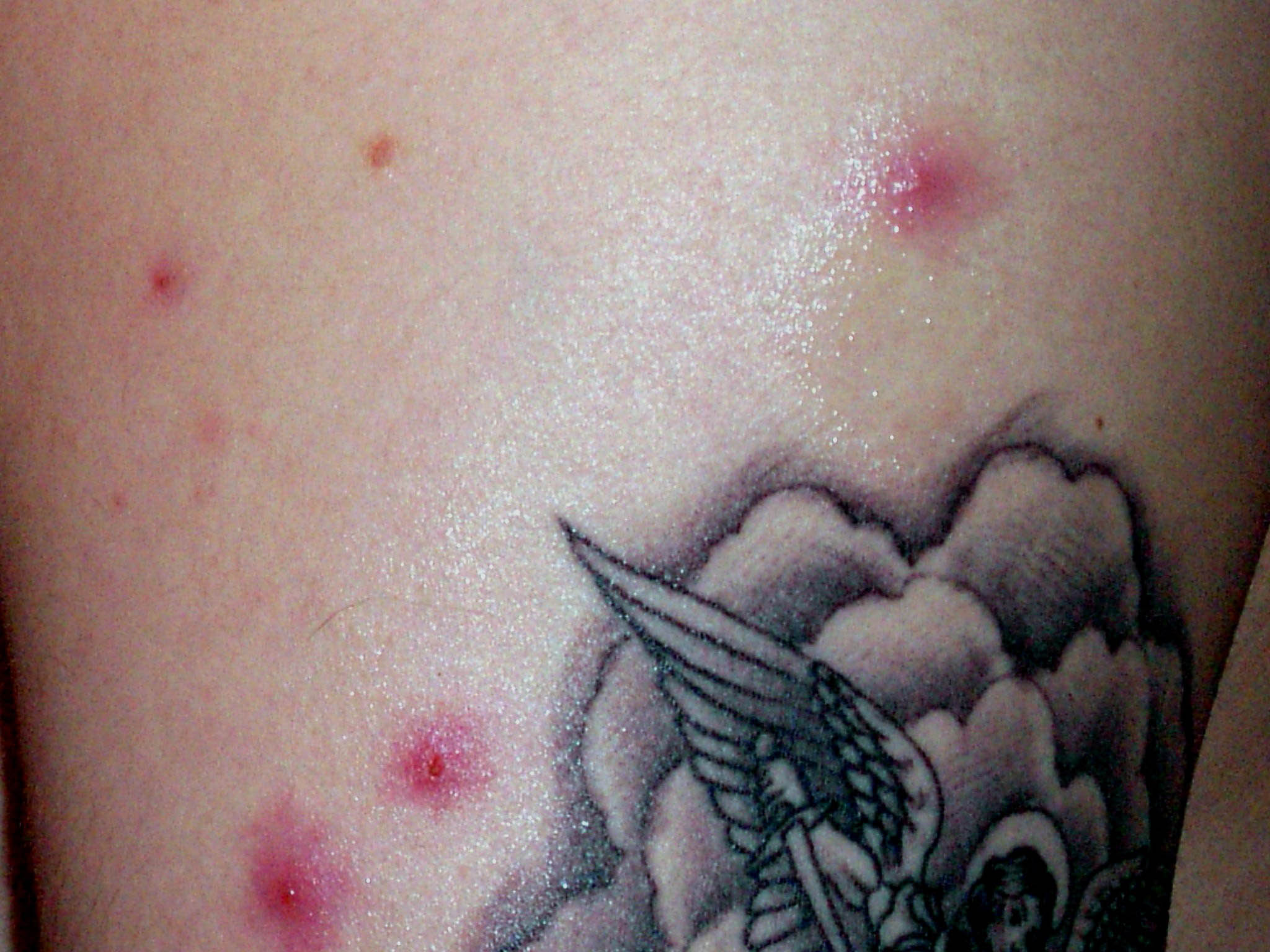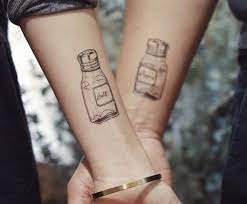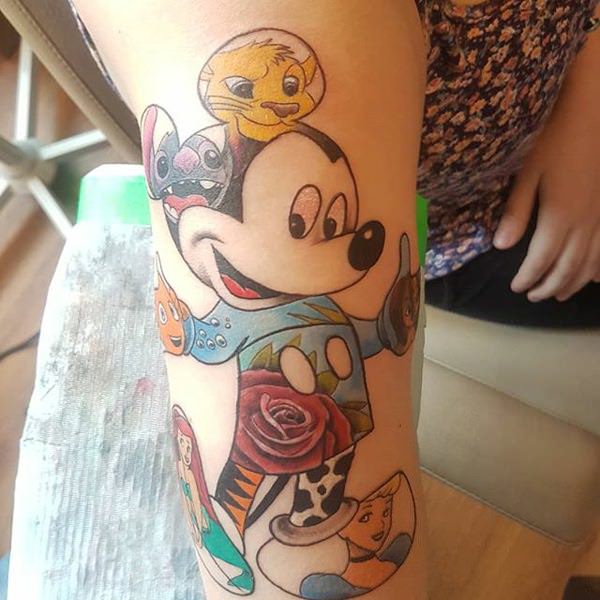
Infections can be spread through contaminated tattoo ink. It is essential to detect infected tattoos early to prevent serious complications. Here are some key issues to look out for:
1. Pustules
Pustules are skin lesions characterized by small white bumps filled with yellow fluid (pus). They can develop anywhere on the body and may result from infections like strep throat or chickenpox and noninfectious conditions like acne and rosacea. Bacteria, fungi, or parasites can cause underlying diseases and may cause mild itching to severe pain and scarring. Seek immediate medical care if you notice swelling, itching, or redness near an infected tattoo. Treatment options can include antihistamines, antibiotics, and steroid injections.
2. Swelling
If the swelling increases significantly or is accompanied by uneven swelling, abnormal scabbing, or foul-smelling discharge from the tattoo, it could indicate an infection. Please avoid scratching or rubbing swollen skin, as it can damage tissues and increase the disease risk. Elevating the tattooed area can help improve blood flow, alleviate pain, and reduce swelling. Severe swelling from an infected tattoo requires medical intervention, which may involve antibiotics.
3. Weeping
During the healing process of a tattoo, you may notice some ink leaking out. Proper aftercare is crucial to ensure optimal healing. Weeping can help your body flush out germs and debris from the tattooed area. Thoroughly cleanse the tattoo with a moistened cloth and antibacterial soap to remove any leaking debris. Multiple rounds of cleaning may be necessary.
4. Redness
Itchy or reddened skin around the tattoo may indicate a skin infection. Infections can be caused by toxic dyes in the ink, poor hygiene during the tattooing process, or bacteria on the tattooing tools. Mild tattoo infections can usually be managed with local wound care and antibiotics, but severe conditions require prompt medical attention.
5. Fever
Experiencing a mild fever, known as tattoo flu, is a typical immune response after getting a tattoo. Proper aftercare, similar to caring for any open wound, is essential for healing. However, suppose the fever becomes persistent or is accompanied by symptoms such as foul-smelling pus, chills, or pain.

